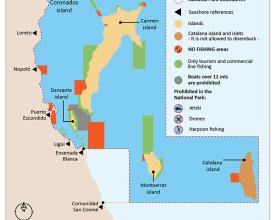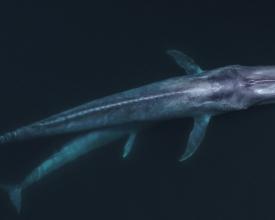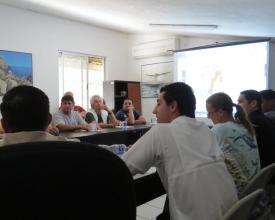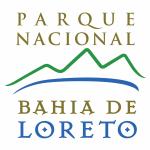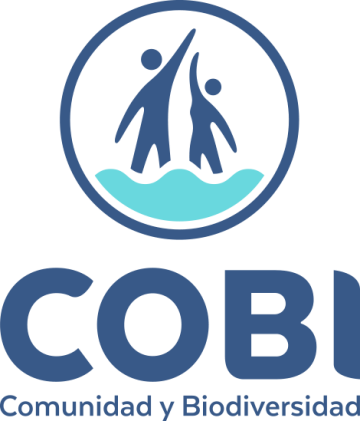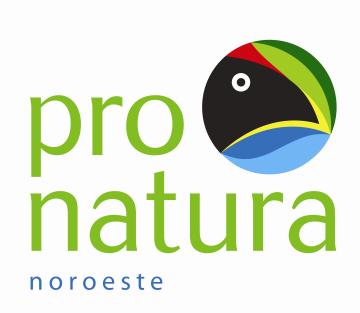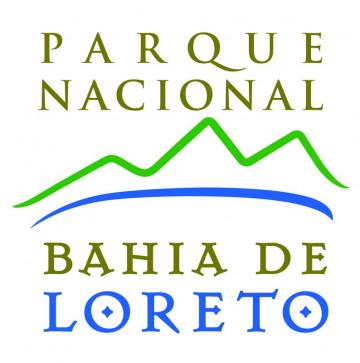
Community participation in the design of the Bahía de Loreto National Park Management Program.
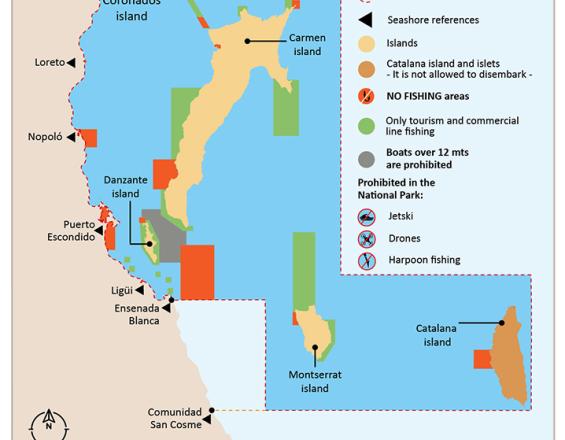
To talk about the use of its natural resources is to talk about the pre-Hispanic cultures, who managed to harmonize the use of marine and terrestrial resources with their needs. Today, directly or indirectly, the Loreto community lives from the National Park. The users, aware of this, promoted its creation in 1996. The modification of the second Management Program in 2019, was through a broad process of active participation of different sectors: fishermen, tourism service providers, government institutions, academics, civil society organizations and the general public. The opinions and suggestions obtained in working groups were incorporated into the Program. This document was designed in collaboration with the different sectors involved and with the population, establishing the activities allowed and not allowed, through zoning. The users are the ones who proposed new rules of use to the government.
Context
Challenges addressed
Location
Impacts
- Active participation and support of users in the design of the zoning and rules of use of Loreto Bay National Park.
- Collaboration and permanent dialogue between the different sectors and actors that reinforce their governance schemes.
- Zoning of the Natural Protected Area carried out by the sectors involved: fishing, tourism, academia, civil society organizations and the general public.
- Increase of non-fishing areas proposed by fishermen.
- Selection and use of low-impact fishing gear.
- Greater protection of marine mammals, such as whales and dolphins, through zoning.
- Only low-impact tourism activities are carried out.
- Rules are followed and respected because they were established by the users.
- The identity and appropriation of the natural resources and biodiversity of the region by the users have made it possible to conserve the Natural Protected Area more effectively.

